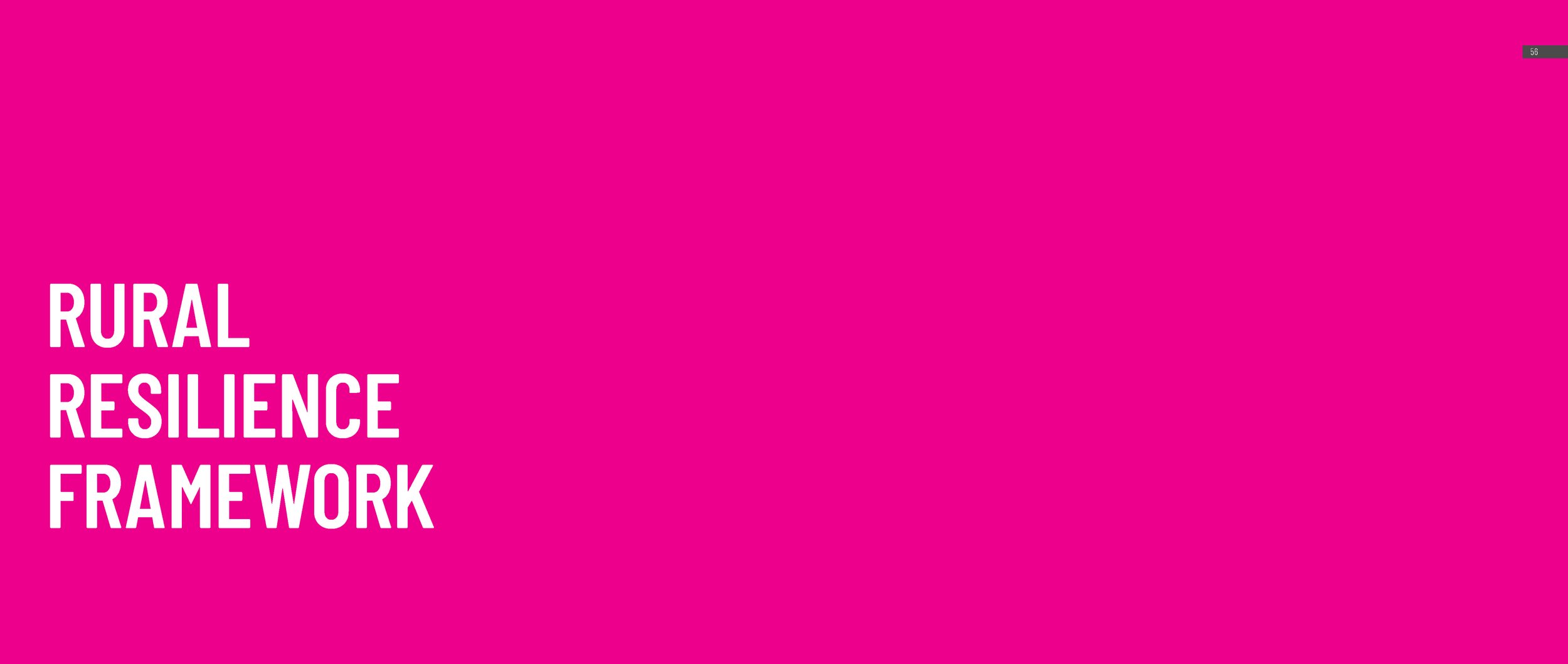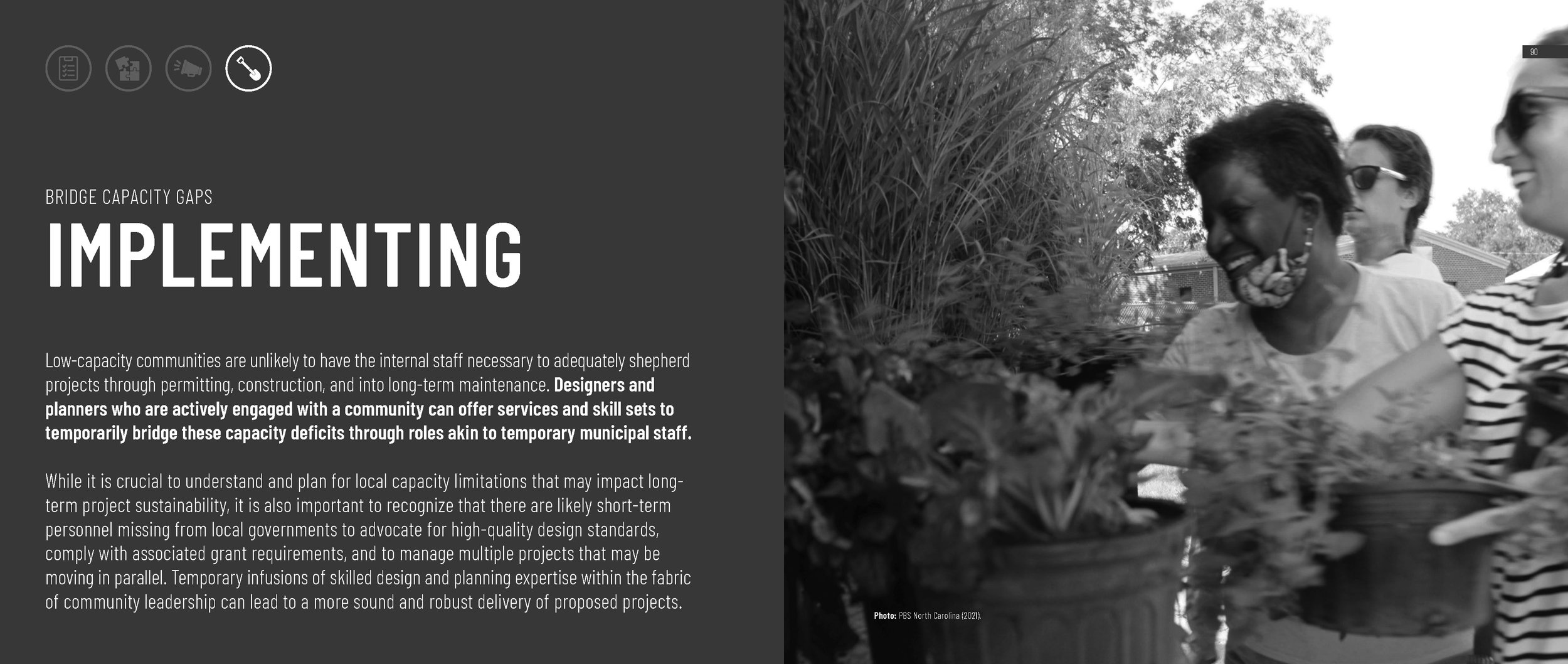Project Summary
Rural communities attempting to recover from or prepare for natural hazards often lack the local economic and technical capacity to adequately respond to the systemic and emerging threats of climate change. As a result, many small towns in rural America are grouped into planning strategies that remove people from direct environmental risks but also from the places and social systems required for their full community health. This research highlights the need for in-situ adaptation to climate change as a viable and necessary alternative. The study examined standardized, national disaster relief policies against constructs of rural “buying power” and geographic mobility patterns of disaster survivors to: (1) illustrate the need for more inclusive, climate-responsive land planning solutions for rural communities, and (2) develop a transferable framework that outlines actionable approaches landscape architects and planners can take to support under-resourced rural communities to achieve their immediate recovery and long-term resilience goals.
This mixed-methods study used geospatial modeling and ground-truthing via interviews in communities across eastern North Carolina to shed light on whether rural residents will experience a reduced ability and/or willingness to relocate out-of-county or out-of-state to “climate-safe” locations. All methods, findings, and recommendations were packaged to create a Rural Resilience Framework that highlights the significant yet underutilized role of landscape architects in this sector of practice and provides a roadmap for using non-traditional tools, techniques, and partnerships to support resilience-building efforts in these communities.
This research was generously supported by the LAF Research Grant in Honor of Deb Mitchell, which is awarded annually to support a research project that is relevant and impactful for the professional practice of landscape architecture.
Full Report
LAF Recorded Webinar
Sample Images















